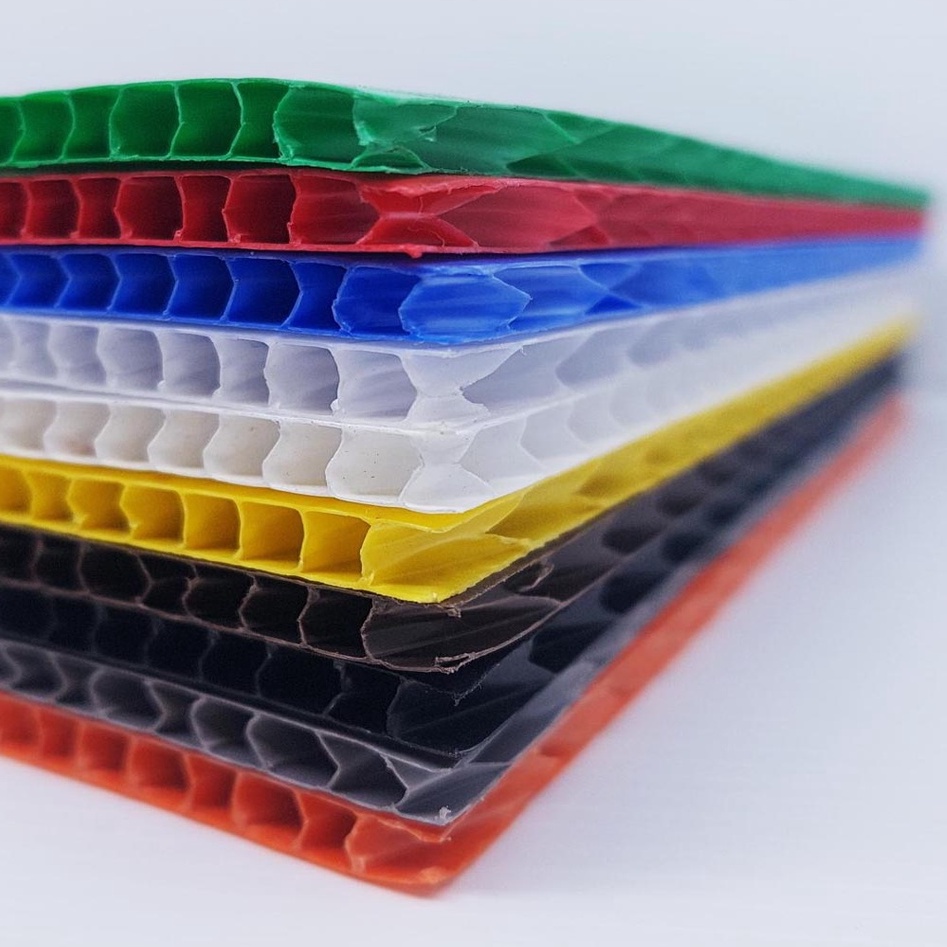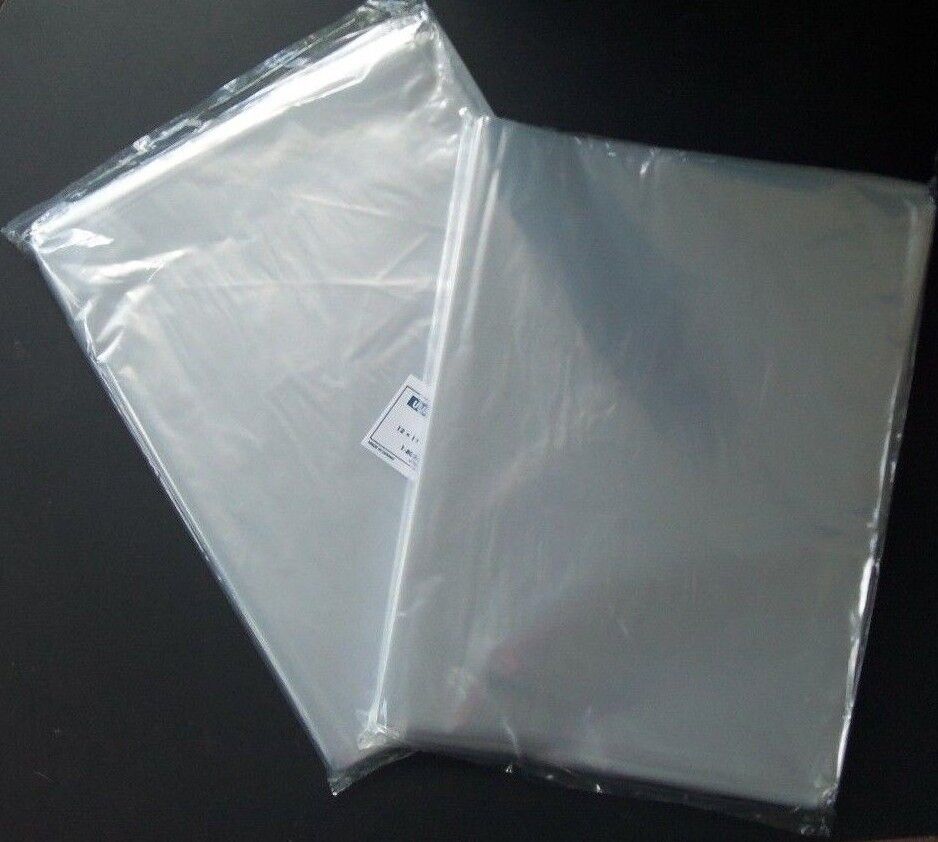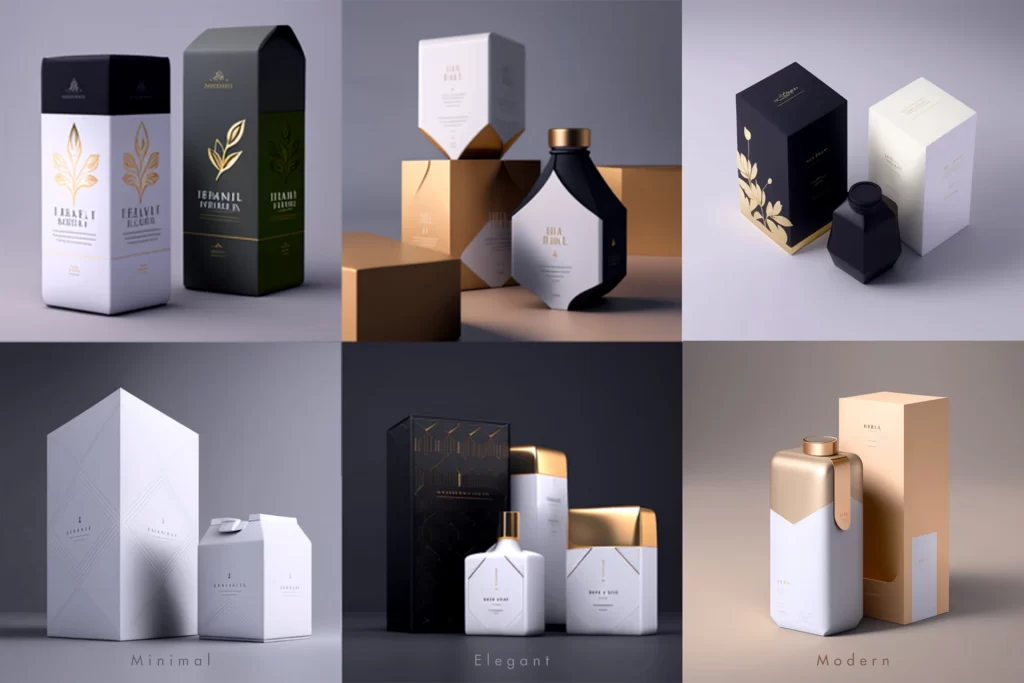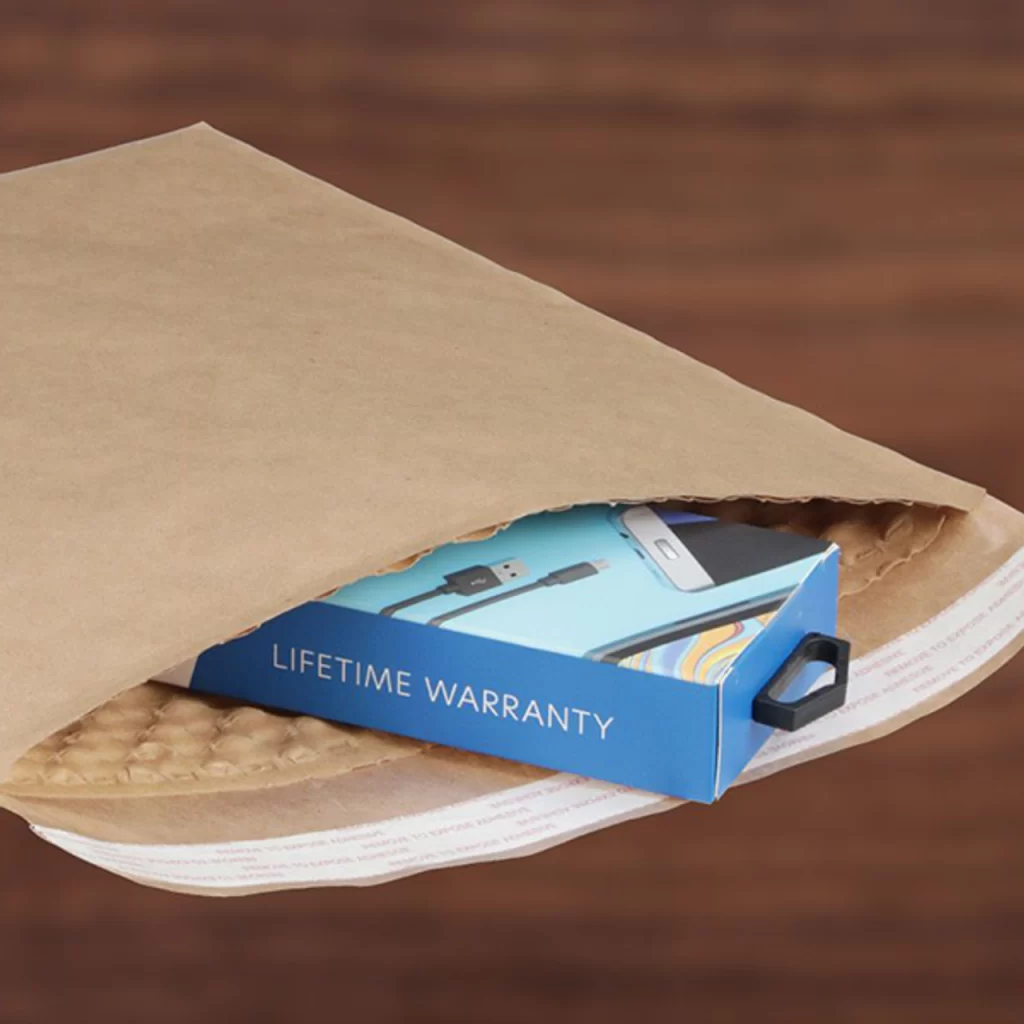
Corrugated plastics are quietly revolutionizing the world of packaging. Known for their unique construction and alert design, they offer features that can make them an excellent choice for packing applications. Learn here what corrugated plastic is and why it might be an ideal packing material.
Corrugated shipping boxes are a popular choice for transporting goods due to their durable and protective design. The fluted layers of cardboard provide strength and cushioning, making them ideal for shipping and storage.
Understanding Corrugated Plastic: An Overview
This plastic is a thermoplastic polymer material known for its exceptional durability and versatility. This twin-wall plastic sheet is lightweight and easy to fabricate, making it a favorite in many industries.
- Immense Strength and Durability – What makes it stand out is its distinct structure. The sheets are composed of two flat walls connected by a series of perpendicular ribs, forming a fluted pattern. This design lends the material its notable strength-to-weight ratio, coupled with impressive impact resistance and durability.
- Versatile and Adaptable – This plastic can be easily molded, cut, and bolted to suit a multitude of applications. It can be fabricated into boxes, trays, totes, and even intricate die-cut designs, showcasing its adaptability.
Harnessing the Potential: The Pros of Corrugated Plastic as a Packing Material
This plastic boasts a repertoire of inherent properties that make it an excellent contender as a packing material.
- Durability and Resilience – It is highly resistant to impacts, preserving the items within from stress and potential damage. Its robust structure can hold significant weight without warping, ensuring the contents’ protection even under pressure.
- Weather and Chemical Resistant – Its resistance to weather conditions and chemicals is another merit for packing applications. It is water-resistant, preventing moisture from seeping into the package. Its resistance to chemicals shelters the packaged items from potential contamination.
- Reusability – The durability of this plastic translates into longevity. Unlike traditional packing materials like cardboard, which may degrade over time, it remains intact for multiple uses, making it a reusable packing material that offers cost and environment benefits.
- Easy to Clean – Its surfaces are easy to clean and resistant to stains, making them ideal for packing applications involving food items or other materials that may stain or spoil.
Balancing the Equation: The Potential Shortcomings
While corrugated plastic presents many advantages, reflecting on potential limitations can lead to informed and effective usage.
- Environmental Considerations – This plastic does not degrade as easily as other materials like cardboard. Therefore, proper recycling protocols are essential to minimize environmental impact.
- Heat Sensitivity – Its performance can be negatively impacted by exposure to high heat levels, which can cause the material to warp.
- Cost – Lastly, while the reusability of this plastic can lead to long-term savings, the initial investment may be higher than for other reusable materials, like cardboard.


